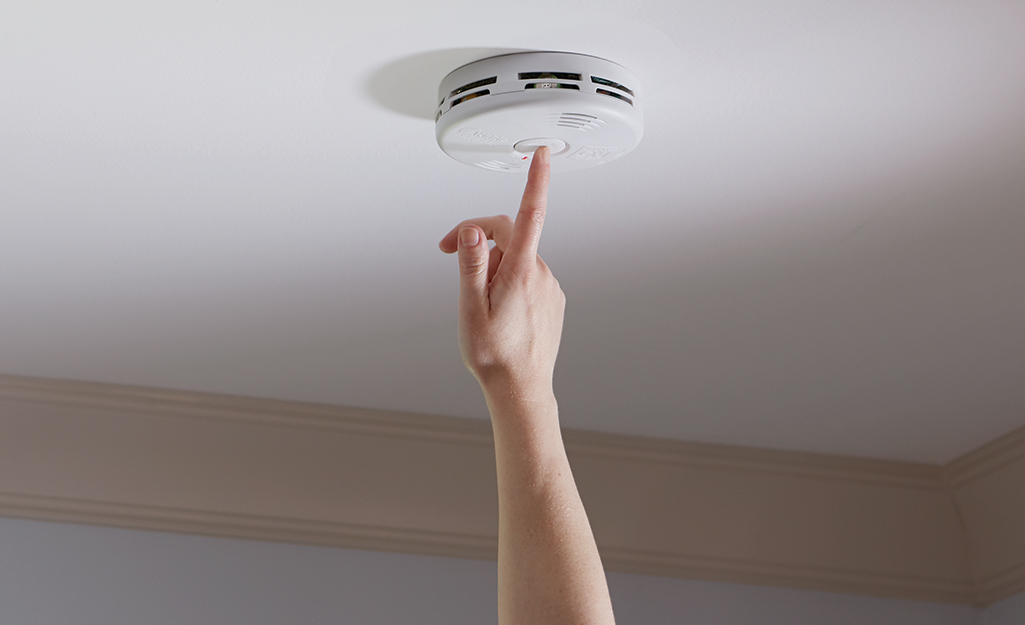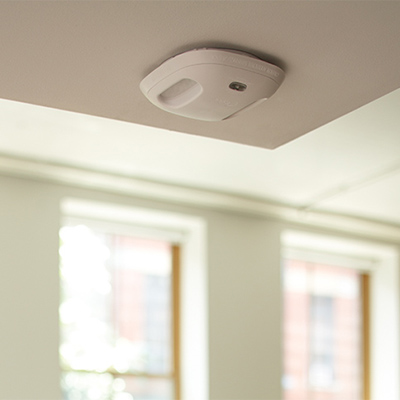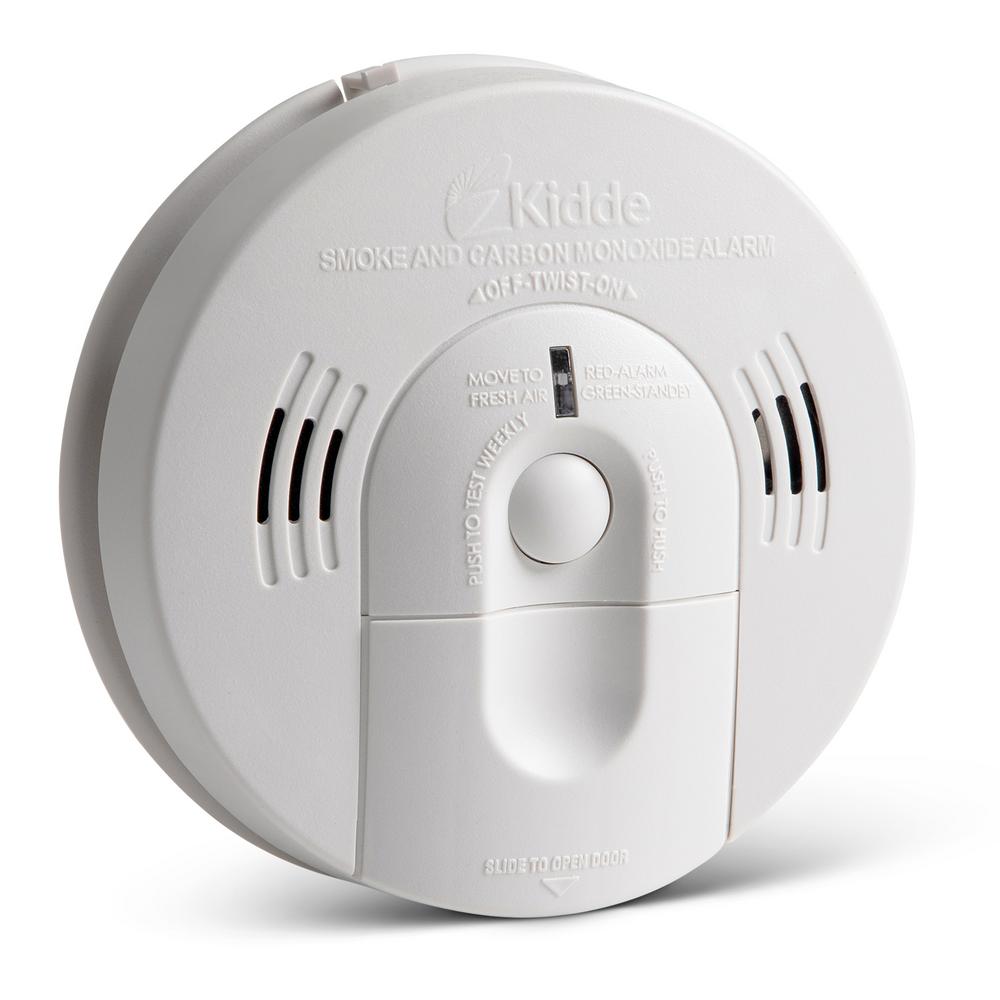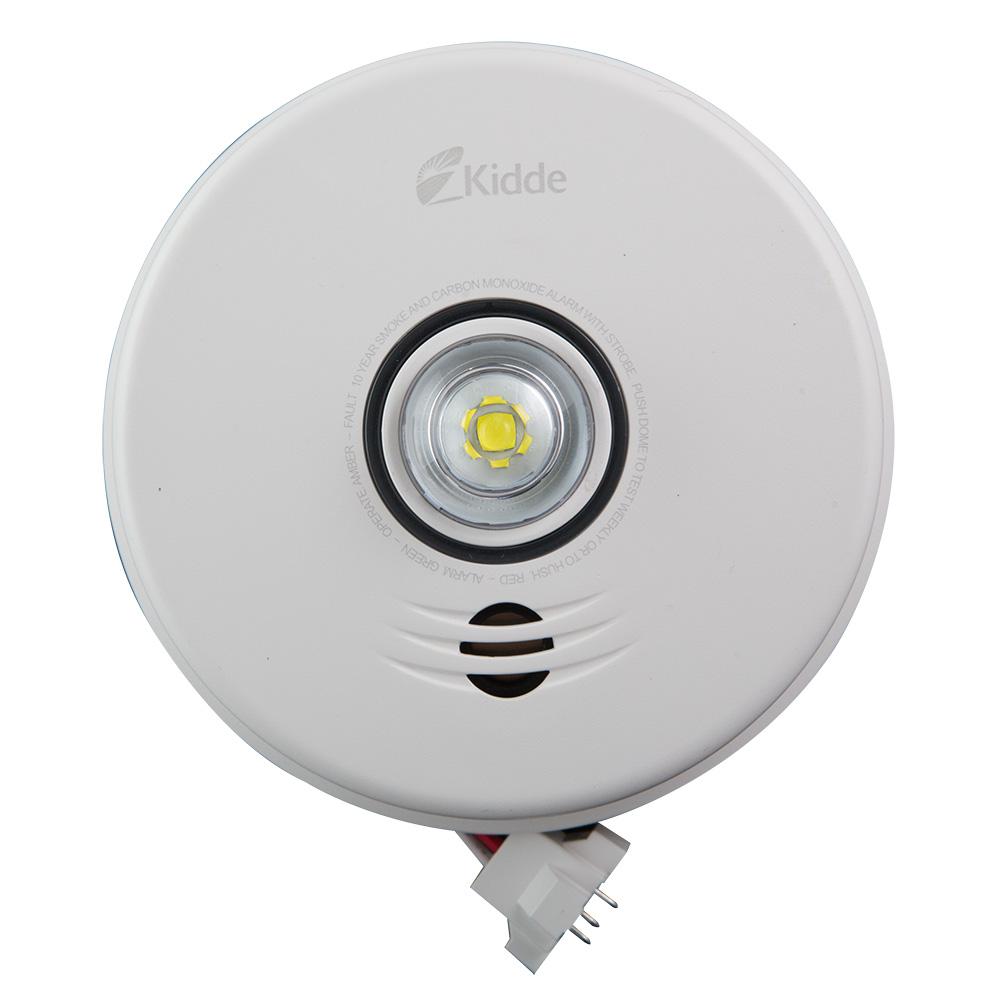Combination smoke and carbon monoxide detectors i have long advocated against the use of combination alarms because the most effective position for a smoke alarm is typically on the ceiling while carbon monoxide detectors are usually best mounted at about eye level on a wall.
Do ceiling mounted carbon monoxide detectors work.
Follow your manufacturer s manual to properly install your detector at the right height.
Test the detector monthly.
According to the carbon monoxide guidelines of the national fire protection association nfpa 720.
Carbon monoxide blends with your home s air and does not rise.
Because carbon monoxide is slightly lighter than air and also because it may be found with warm rising air detectors should be placed on a wall about 5 feet above the floor.
Never position carbon monoxide detectors on the ceiling like you would smoke detectors.
Remember to keep kids and pets in mind during installation.
In fact carbon monoxide is slightly lighter than air and diffuses evenly throughout the room.
Putting it all together.
Accordingly the carbon monoxide detector should be mounted on the ceiling.
However make sure it s at least 12 inches about 30 cm away from any wall or light fitting.
If your home doesn t have carbon monoxide detectors you can purchase them from any hardware store and.
You can mount your co detector on the ceiling if the user guide doesn t say otherwise.
On the internet one often finds the blanket statement that carbon monoxide is lighter than air and would therefore settle up in the room.
Because heat and the corresponding gases generally rise to the top of a room carbon monoxide detectors should not.
The density thus the weight of carbon monoxide is only completely slightly lighter than air.
Carbon monoxide detector placement.
Additionally some carbon monoxide detectors have digital readouts mount those kinds of detectors at eye level so you can read them.
Most carbon monoxide poisoning cases occur due to gases from fossil fuel heaters.
That is not completely correct however.
Carbon monoxide often won t rise all the way up to the ceiling like smoke does until the concentration of the gas is at a critically dangerous level.
Wherever you live when it comes to home safety carbon monoxide detectors are a must.
Even if it s not required by law it s perhaps the easiest and most effective way to prevent carbon monoxide poisoning.
Unlike smoke detectors co detectors aren t required by law unless you live in one of these 26 states where all homes must have working co alarms.
Keep the detector out of the way of pets and children.
The first step in carbon monoxide safety is making sure you have working carbon monoxide detectors in your home.




























